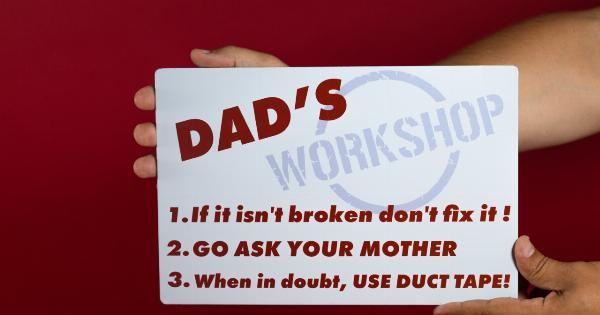Our nails are more than just a pretty accessory. They can tell us a lot about our overall health. Changes in color, shape, texture, and thickness can be a sign of an underlying health problem.
In this article, we’ll explore how our nails and health are connected.
1. Pale Nails
If your nails are pale and almost white, it could be a sign of anemia, a condition where your body doesn’t produce enough red blood cells. Anemia can be caused by iron deficiency, blood loss, or a genetic disorder.
2. Yellow Nails
Yellow nails can be caused by a fungal infection or a condition called yellow nail syndrome. This syndrome is rare and can cause slow-growing, thick, yellow nails. It’s often accompanied by respiratory problems.
3. Blue Nails
Blue nails can be a sign of a circulatory problem, such as Raynaud’s disease, where the blood vessels narrow and reduce blood flow to the fingers or toes. It can also be a sign of low oxygen levels in the blood.
4. White Spots on Nails
Contrary to popular belief, white spots on nails are not caused by a lack of calcium. They are usually caused by minor injuries to the nail bed or matrix. If you notice white spots on your nails often, it could be a sign of a fungal infection.
5. Clubbing
Clubbing occurs when the fingertips become wider and the nails curve around the fingertips. It’s a sign of low oxygen levels in the blood and could be a sign of lung disease or heart disease.
6. Beau’s Lines
Beau’s lines are indentations that run horizontally across the nails. They can be caused by injury or illness that stops nail growth temporarily.
The lines usually grow out as the nails grow, and it’s not usually a cause for concern unless it’s a recurring occurrence.
7. Spoon Nails
Spoon nails are nails that curve upwards at the edges, creating a concave shape that can hold a drop of liquid. This condition is often a sign of iron deficiency anemia and is reversible with proper treatment.
8. Pitting
Pitting is when the nail has small indents or small dots on the surface of the nail.
It can be a sign of psoriasis, a skin condition that causes the skin to produce too many skin cells, resulting in inflammation and red, scaly patches on the skin and nails.
9. Horizontal Ridges
Horizontal ridges, also known as Beau’s lines, are a sign of a stressful event that temporarily stops nail growth. This can be due to an injury or illness, or even a nutritional deficiency.
10. Vertical Ridges
Vertical ridges are a common sign of aging and are usually not a cause for concern. However, if you notice deep or wide ridges, it could be a sign of a nutritional deficiency, such as lack of vitamin B12 or folic acid.
Conclusion
As you can see, our nails can be a treasure trove of information about our overall health. If you notice any changes in your nails, it’s always a good idea to speak to your doctor to rule out any underlying health problems.































